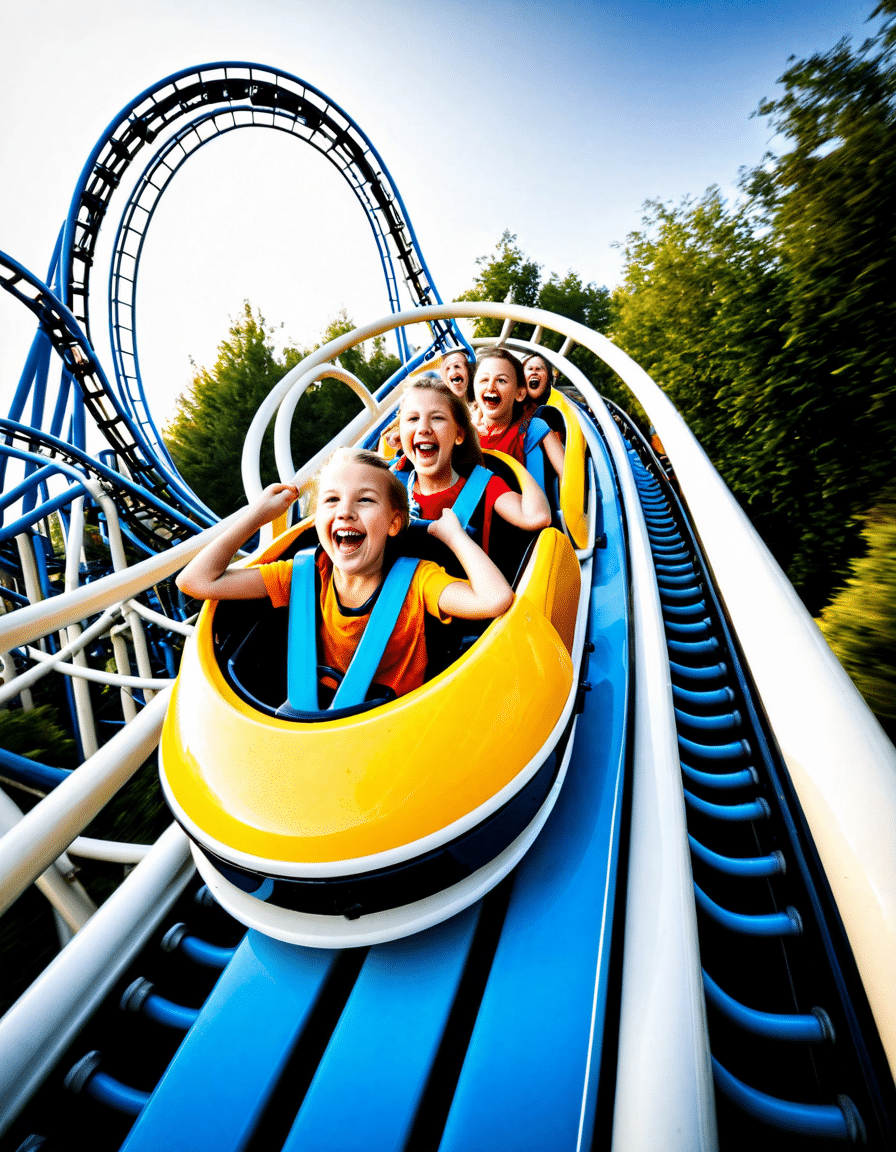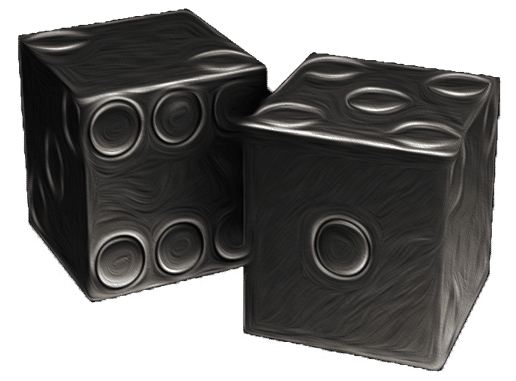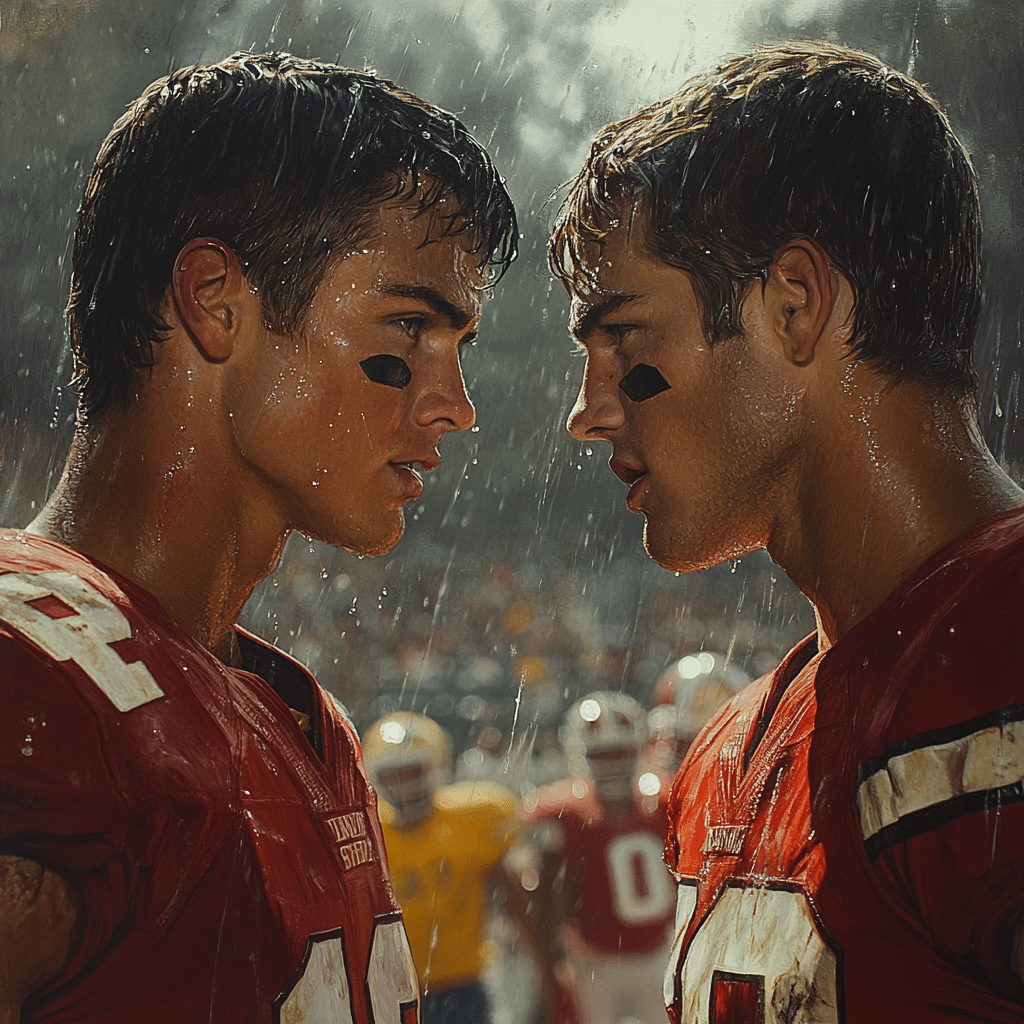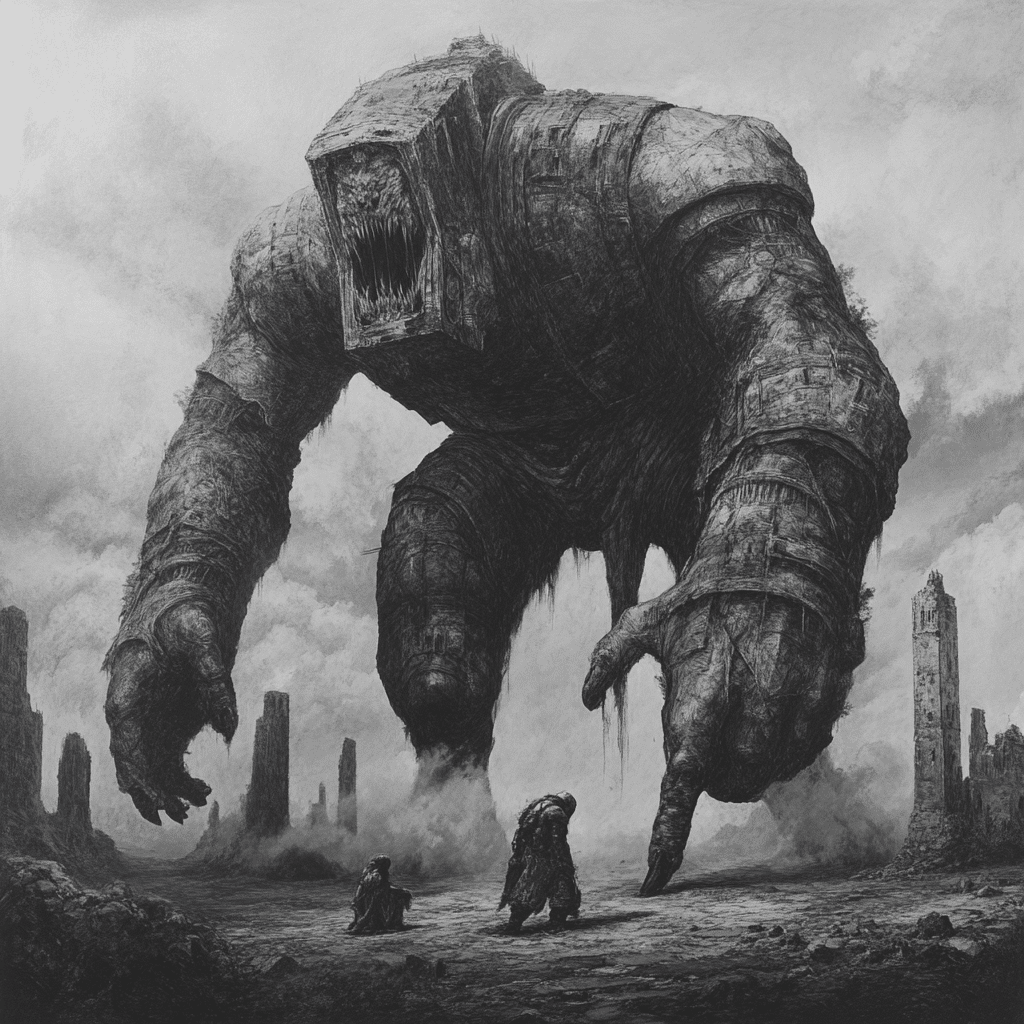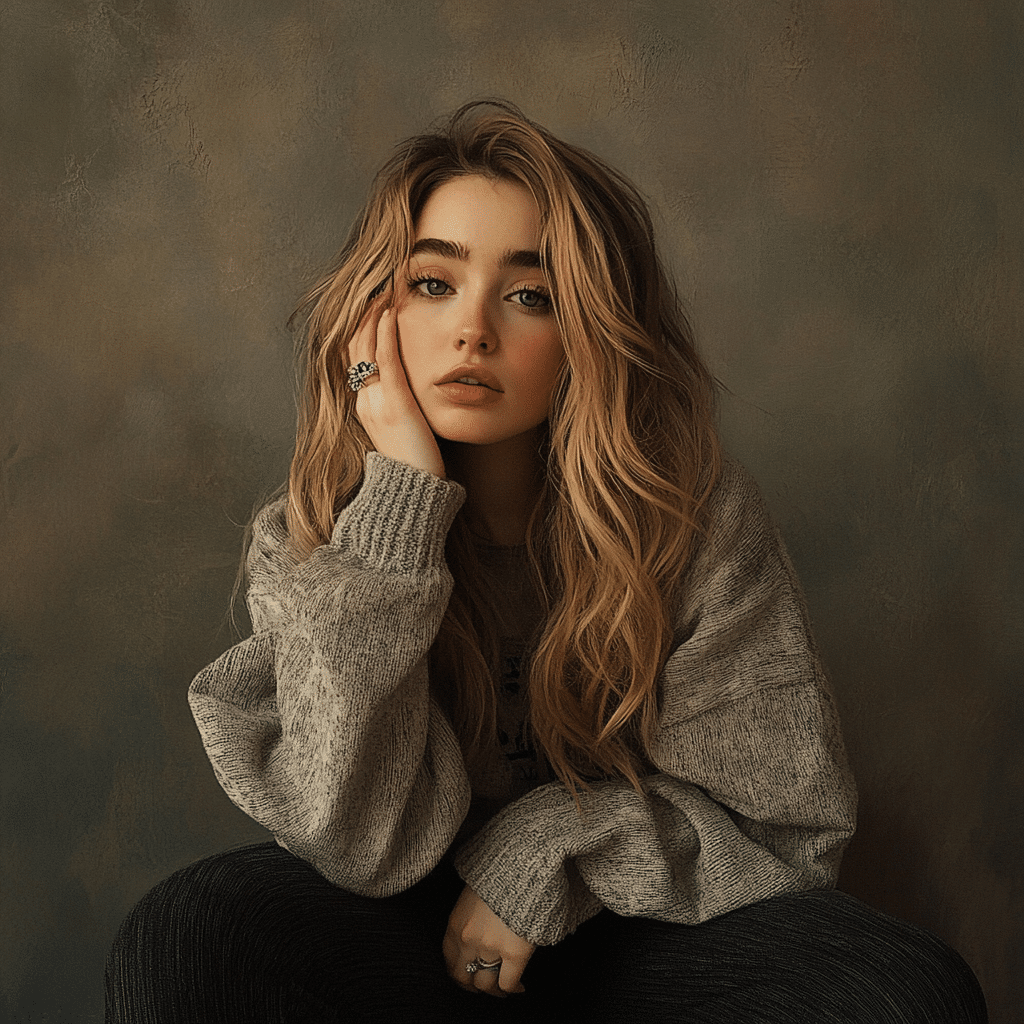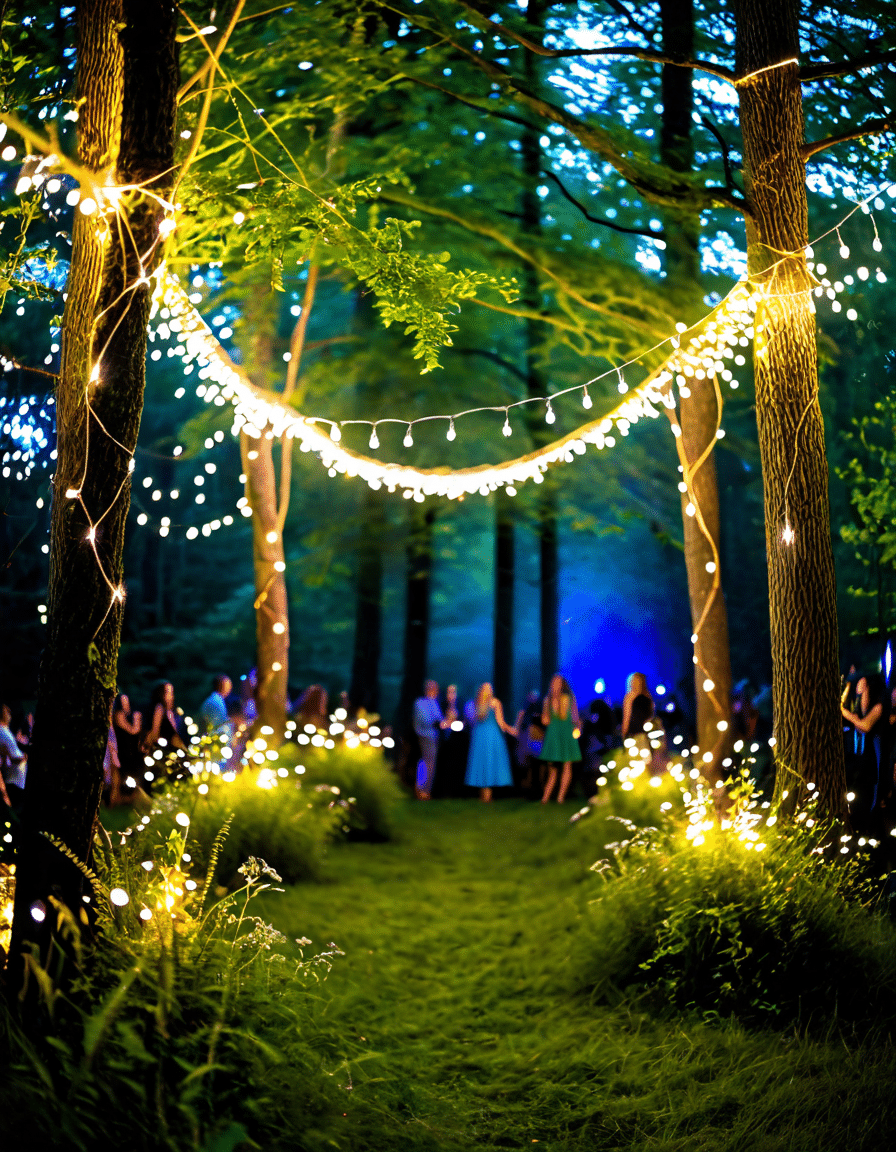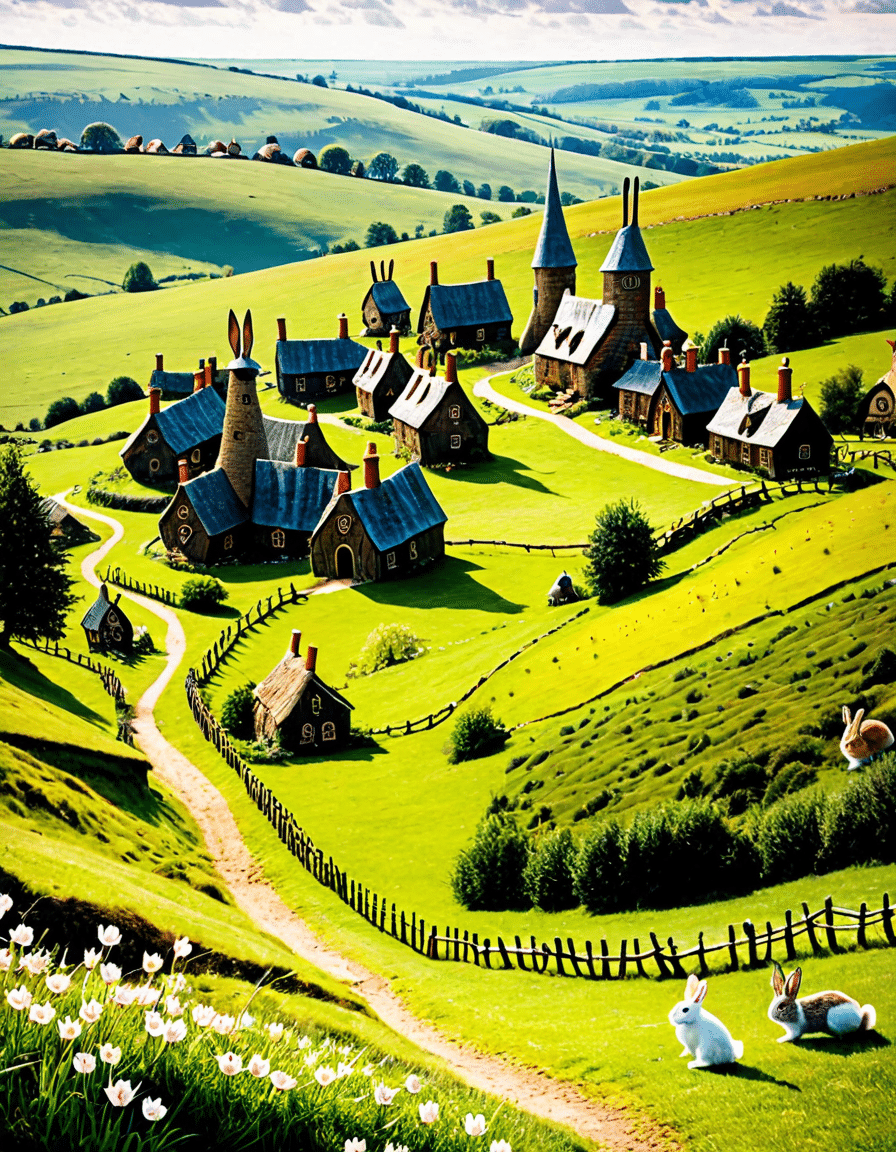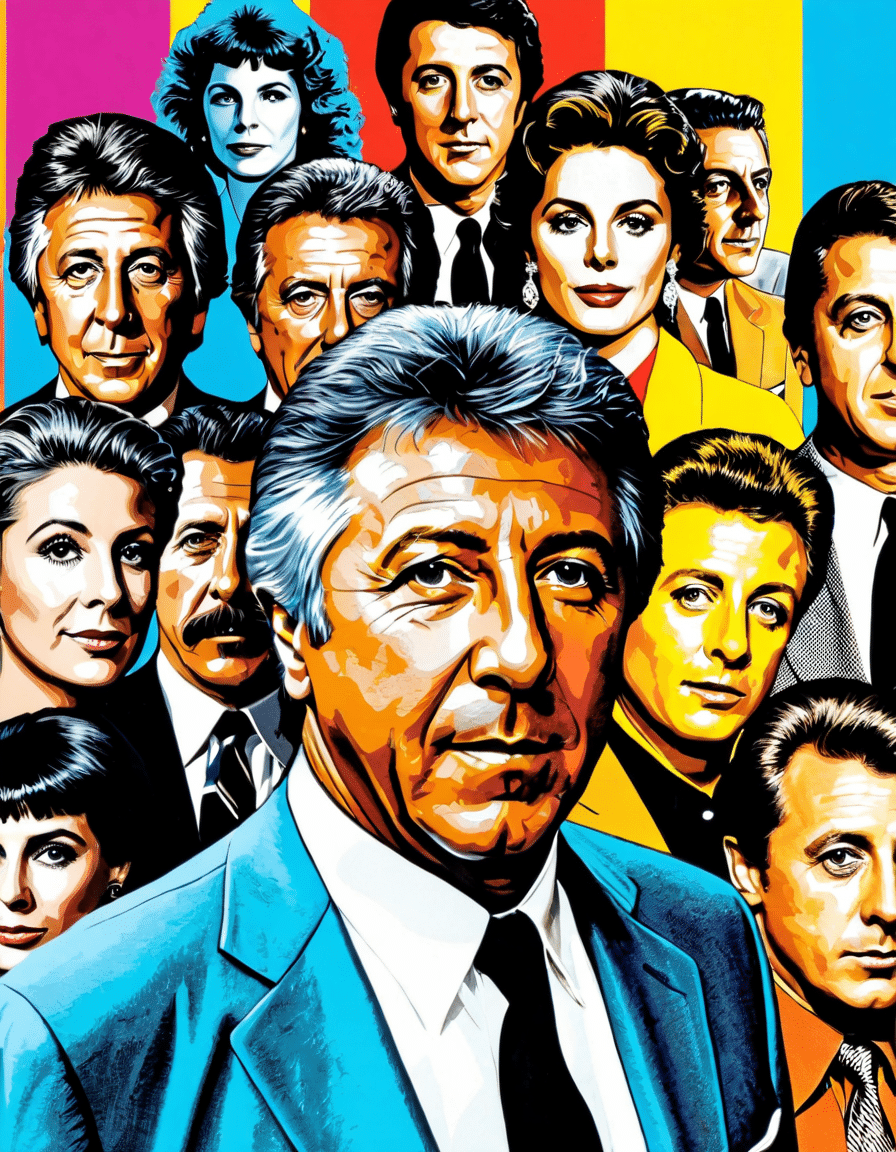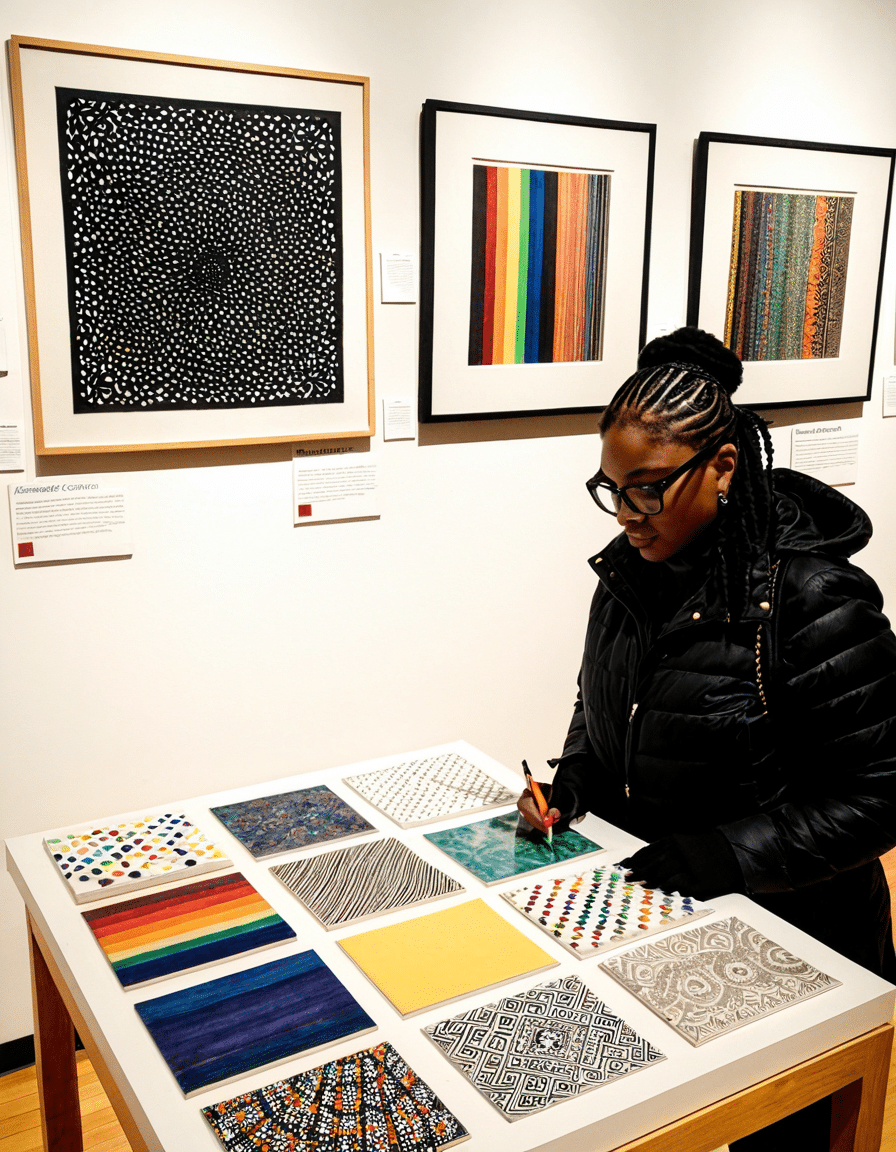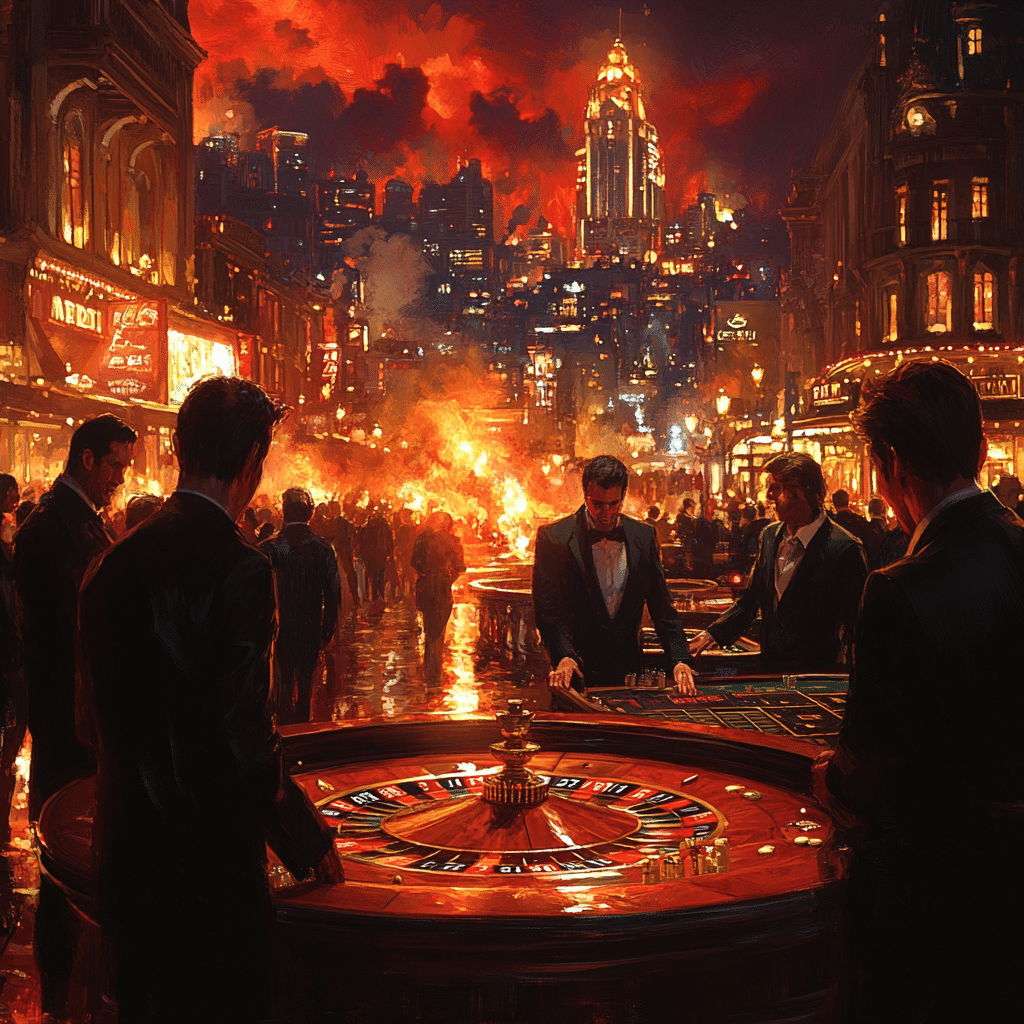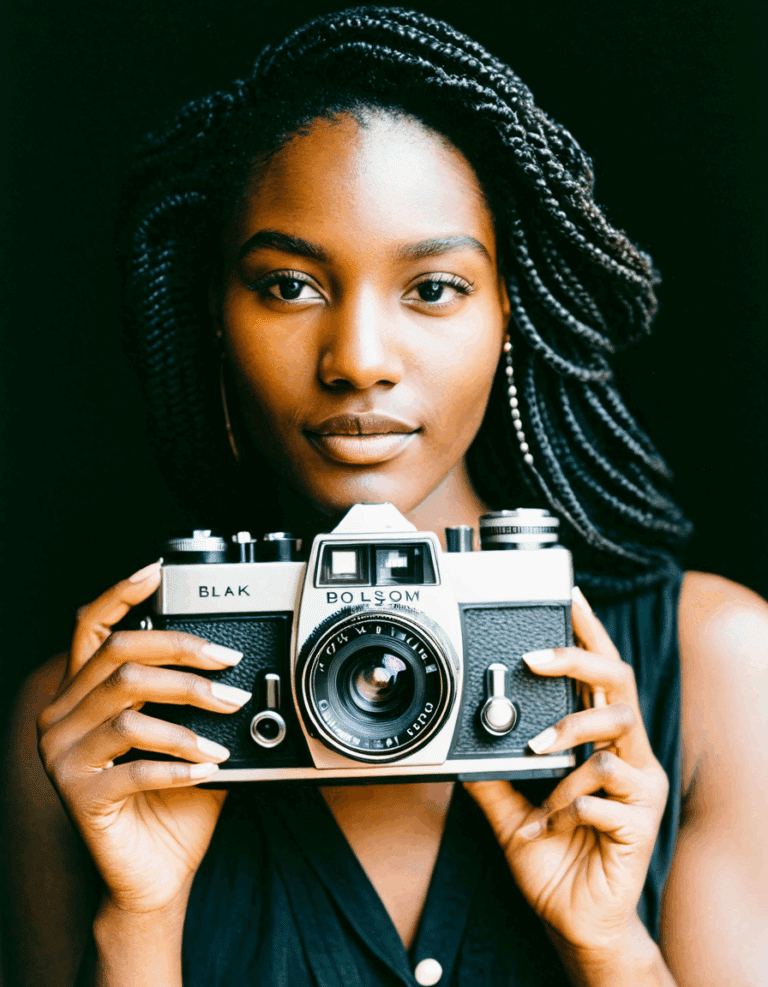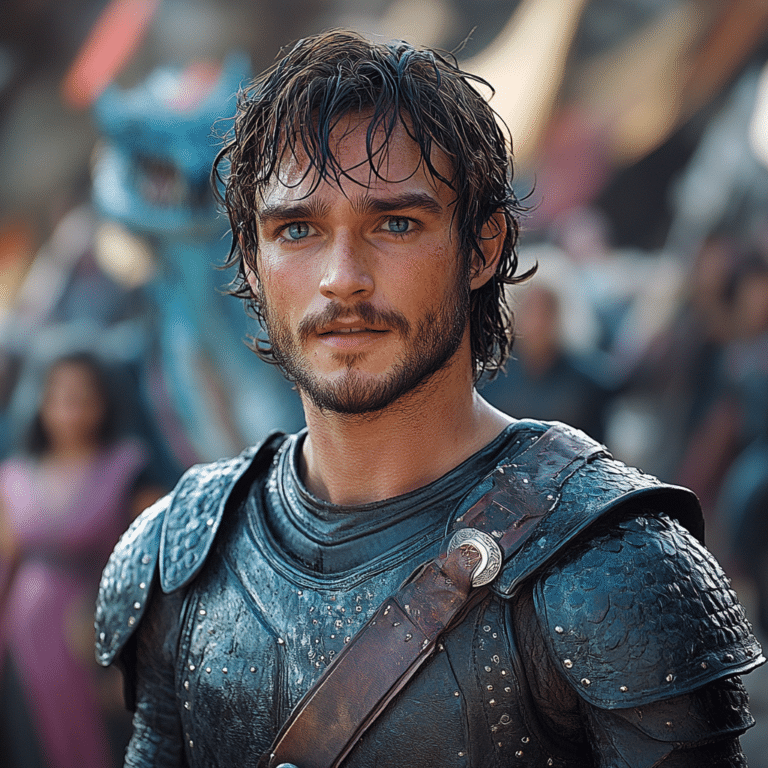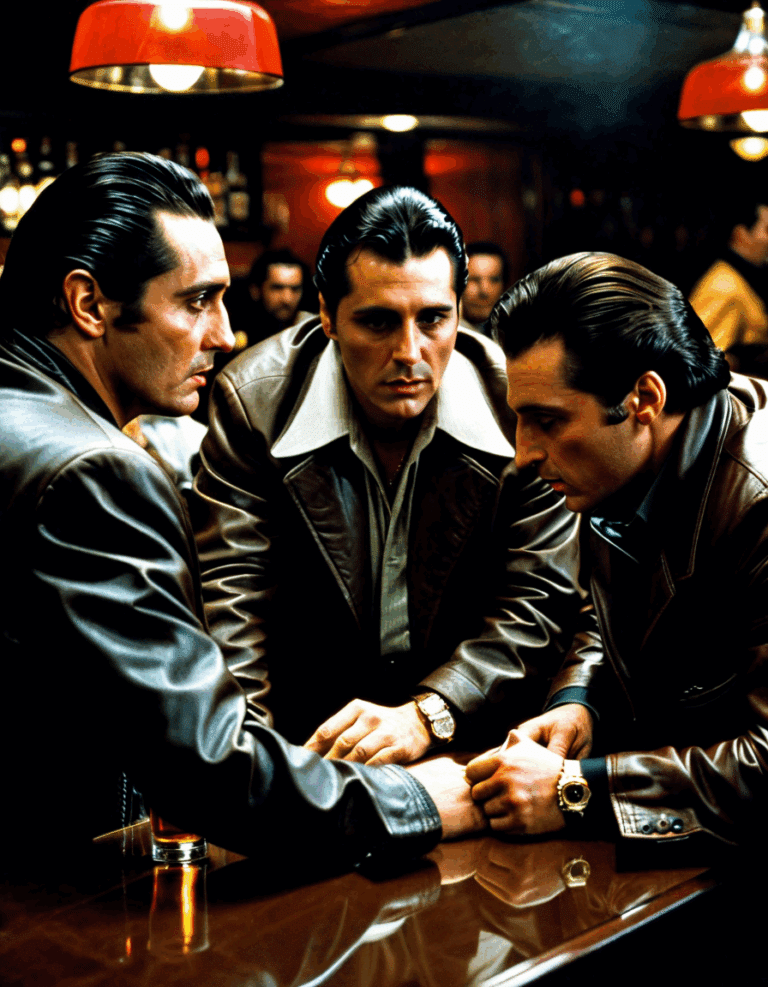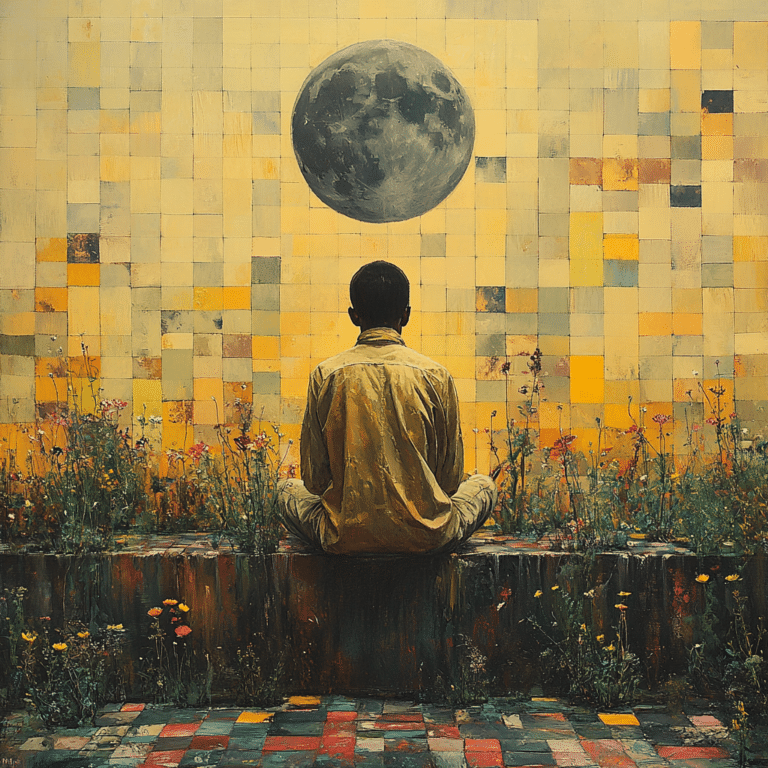If you’ve ever felt like you were stuck in a “loop” at work or wished for a chance to relive a day (hopefully not Monday!), you’re not alone. The loop narrative structure has captivated filmmakers and audiences, sparking creative storytelling that combines humor, drama, and even action in unexpected ways. By twisting time and consequences, this method challenges our grip on a linear narrative and invites us to peek into the deeper ponds of character development and human experience. Let’s dive into how this technique has not just changed the stories we see but transformed our emotional interactions with them.

1. Top 5 movies That Successfully Utilize the Loop Narrative Structure
Buckle up, movie buffs! Here’s a look at five films that nail the looping narrative, transporting us into worlds where time dances chaotically, and characters grow along the way.
This all-time classic featuring Bill Murray is practically synonymous with the loop concept. Phil Connors, a cynical weatherman, finds himself trapped reliving the same day over and over again. Shadowing his journey through comedy with existential reflections is nothing short of genius. By the time he figures things out, you’ll feel like you’ve learned a thing or two about life—and maybe even how to appreciate it fully—while rolling on the floor laughing.
With Tom Cruise and Emily Blunt in lead roles, this sci-fi thriller enlivens the idea of a loop while the fate of humanity hangs in the balance. Each time Cruise’s character, Major William Cage, dies, he wakes up with a fresh chance to change the outcome of an alien invasion. Not only does it amp up the stakes, but it also showcases how failure can morph into mastery. Each iteration brings with it valuable lessons—if only we could all learn so quickly!
On the darker side of the loop narrative, this Netflix series led by Natasha Lyonne explores life, death, and everything in between. Through splashes of dark comedy and bursts of vulnerability, we accompany her character as she uncovers deeper meanings amid cosmic chaos. Each cycle is less about simply repeating events and more about a real journey into self-discovery and the mesmerizing complexity of human emotion.
Here’s a mind-bender for you! Featuring Ashton Kutcher, this psychological thriller explores the heavy weight of choices altered in the past. As the protagonist travels back through his memories, we are left to ponder the fraught relationship between fate and free will. It’s a fascinating study of how even the tiniest action can trigger a cascade of events, leaving you scratching your head and thinking about your own past choices.
Directed by the remarkable Christopher Nolan, this film ramps up the complexity, confounding viewers with an intricate narrative and time inversion. It turns the loop concept into a high-octane thriller where characters don’t just replay events but traverse them in reverse! Grab your thinking cap, because keeping up requires some serious head-spinning.
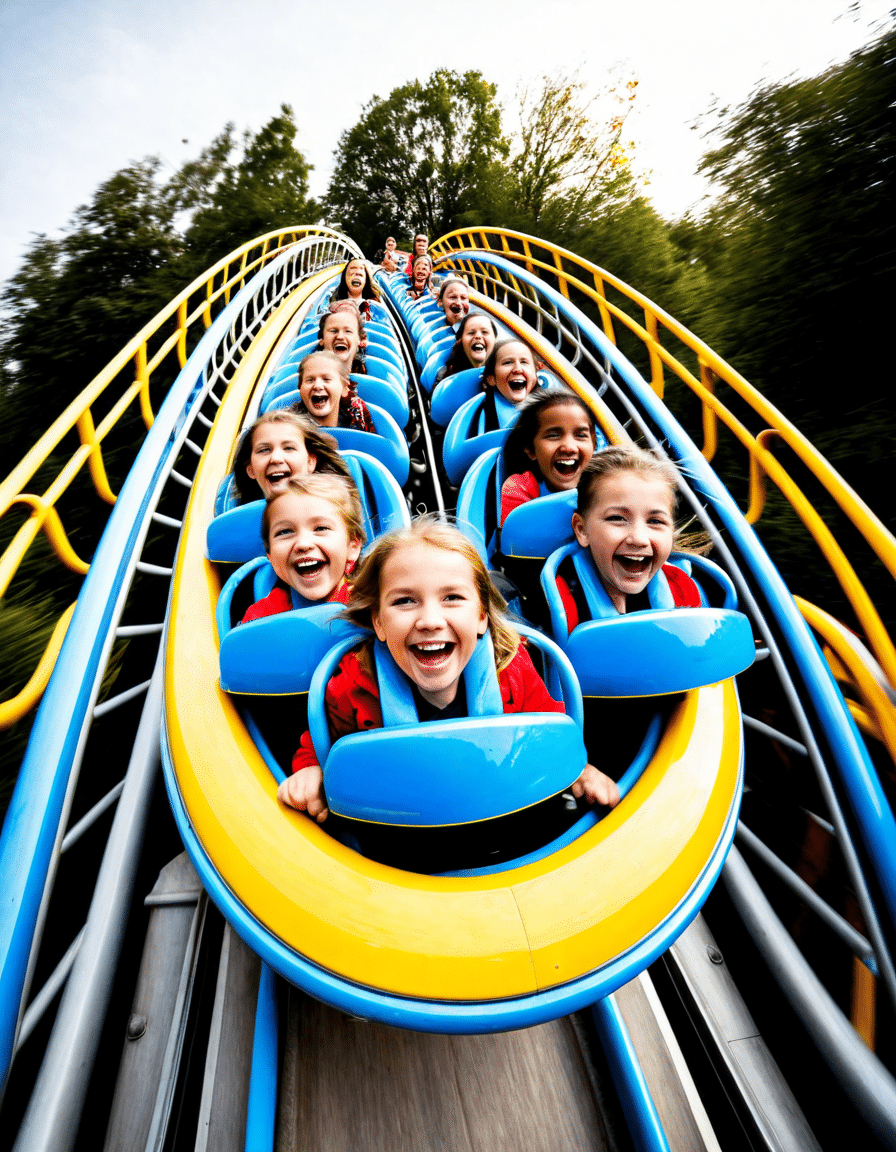
2. The Evolution of the Loop in Film and Television
The loop narrative has come a long way. Once just the playground of science fiction or fantasy flicks, it has now leaped into numerous genres—from psychological thrillers to heartfelt romantic comedies. The evolution really kicked off with films like Run Lola Run (1998), which blended pulsating energy with a touching examination of choices and consequences.
As technology progressed, so too have the ways we tell loop stories. Streaming services have ushered in a golden age of storytelling, with platforms delivering content that pushes boundaries and redefines viewer engagement. If you’ve binge-watched something like Russian Doll, you know just how much deeper loops can intertwine with our lives and emotions.
In a world where attention spans are shorter than a TikTok video, audiences crave narratives that spark engagement. The loop structure does just that by inviting viewers to connect with characters not just as spectators but participants in the emotions captured throughout each cycle.
3. Psychological Insights: Why the Loop Captivates Audiences
Ever wondered why looping narratives resonate on a deeper level? It’s all about human experiences like regret, heartbreak, joy, and transformation. These stories resonate because they reflect our own desires for change. The loops allow characters to grapple with repeated mistakes and discover how to overcome obstacles; it’s a relatable journey.
Psychologically speaking, studies have pointed out that narratives with loops encourage viewers to evaluate their decisions and reflect on their behaviors. They evoke empathy and introspection that very few linear stories can provide. Each failed day or decision leaves us asking, What would I have done differently?
Additionally, the emotional stakes in these plots engage viewers in a unique way. The pressure builds during the repetitions, hooking us with each subsequent round. We don’t just watch; we feel, and that emotional investment keeps us coming back for more.
4. Marketing and Merchandising: Capitalizing on Looping Trends
With the demand for loop-centric storytelling skyrocketing, it’s no surprise that brands are hopping on this bandwagon. Take Netflix, for example—they’ve crafted targeted marketing strategies that highlight audience favorites in the loop niche, making sure you never miss out on your next binge-worthy adventure.
Merchandising surrounding loop narratives has taken off too! Think along the lines of limited-edition DVD collections featuring classics like Groundhog Day or exclusive experiences tied to shows like Russian Doll. Fans are eager to relive moments from their favorite loops, and companies have smartly stepped in to offer that nostalgia with a dash of fun.
But hey, it’s not just about selling; it’s about fueling a community. Fan pages, merchandise, and lists on IMDb are just some ways the excitement surrounding loop films flourish. It’s a robust ecosystem that thrives on engagement and connection.
5. The Future of Loop Narratives: Trends to Watch
As we edge further into the future, you can bet the loop narrative isn’t simply going away. Cutting-edge technology like virtual reality and interactive storytelling is on the horizon. Picture this: you could step into a world where you have the power to influence outcomes in a looping story. Exciting, right?
This intersection of technology with traditional storytelling promises a new brand of engagement. Imagine being able to make choices that change the course of a loop narrative! That’s bound to take audience interaction to a whole new level—a total game-changer.
Moreover, as societal issues evolve, so will the themes explored in looping narratives. Expect filmmakers to tackle modern challenges, using loops as an innovative way to comment on an ever-changing world—where the lessons from past mistakes become crucial to shaping better futures.
Embracing the Loop: A New Dawn in Storytelling
The loop narrative has transformed from being a quirky plot device to a vital storytelling mechanism reflecting the nuances of human experience. Whether through laughter, tears, or moments of self-discovery, these stories resonate deeply with us. As filmmakers continue to tap into its endless potential, brace yourself for an onslaught of engaging and thought-provoking content that speaks to our collective heart and mind.
In a world that sometimes feels overwhelming, the loop offers both familiarity and the exciting allure of second chances—an invitation to reflect on our lives and the narratives we shape. So, as you sit down to enjoy your next film or series, remember: you just might be entering a loop that changes everything!
Loop: Captivating Journey Through Its Fascinating Impact
The Art of Looping
If you’ve ever wondered how filmmakers create those captivating moments that keep you on the edge of your seat, look no further than the art of looping. This technique is all about reusing elements of a film to enrich the storytelling. Take, for instance, the beloved classic Robocop, which has seen various iterations—highlighting how looping motifs can breathe new life into familiar narratives. Speaking of familiar faces, actor Christopher Schwarzenegger, son of Arnold, is making waves in the indie scene, showcasing how young talent is reinvigorating traditional cinema. This brings us to Chronicle, a game-changer in the found-footage genre that expertly utilized looping elements to plot twists and turns that left audiences gasping.
The Looping Effect on Cultures and Trends
Looping goes beyond cinema and seeps into our daily lives, influencing trends and even the way we communicate! An apt example is the rise of streaming shows like Drops of God on Apple TV, which demonstrates how episodic storytelling can loop viewers back to previous plot points, keeping engagement high. Additionally, the connection to pop culture icons such as Courteney Cox And her evolving career reminds us of how looping themes resonate with audiences over time. In Austin, TX, zip codes have become more than just numbers; they reflect the vibrant culture and artistic buzz that inspired local filmmakers to embrace creative storytelling methods.
Looping in Music and Beyond
Looping isn’t limited to movies; it’s a significant factor in the music industry too! Take the band REM, who revolutionized the soundscapes of the ‘80s, creating tracks that loop seamlessly between catchy choruses and introspective lyrics, echoing life’s cyclical nature. And let’s not forget Zoe Saldana, who brings these elements to life on-screen with her performances in franchises that often leverage looping story arcs to build emotional connections with fans. This strategy keeps viewers vested over multiple films, enhancing audience loyalty and interest in upcoming projects.
In conclusion, the concept of looping is integral, whether in film, music, or new media. The effects ripple through cultures, binding stories together and engaging audiences at every turn. By understanding the impact of loops, we appreciate not just the art, but the cultural phenomena they create!
